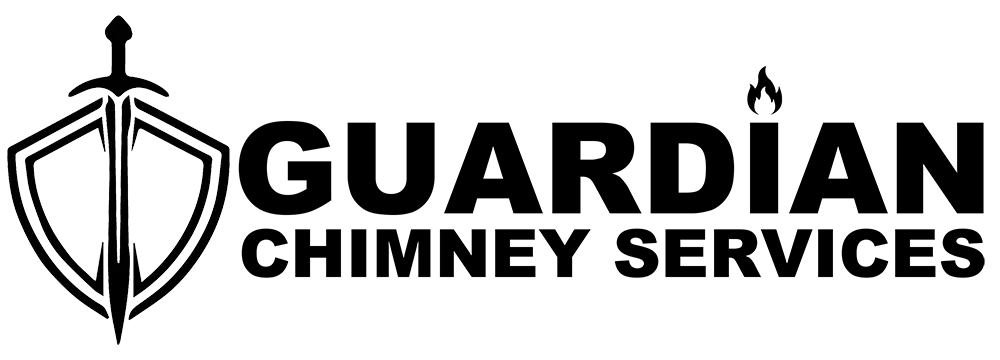
Fireplace Safety Inspections
Fireplace safety inspections are essential to ensure that your fireplace and chimney are in proper working condition and pose no risks to your home or occupants. These inspections are typically conducted by professionals who are knowledgeable about fireplaces, chimneys, and safety regulations. Here’s an overview of fireplace safety inspections:
1. Purpose:
- Identify Hazards: The primary goal of a fireplace safety inspection is to identify any potential hazards or issues that could compromise the safety and functionality of the fireplace and chimney.
- Prevent Fires and Carbon Monoxide Poisoning: Inspections help detect problems such as creosote buildup, cracks in the chimney liner, blockages, or damaged components that can lead to fires or carbon monoxide leaks.
- Ensure Compliance: Fireplace safety inspections also ensure compliance with local building codes and regulations, which may require regular inspections for certain types of fireplaces or commercial establishments.
2. Inspection Process:
- Visual Inspection: The inspector will conduct a visual examination of the fireplace, chimney, and related components, both inside and outside the property. They will look for signs of damage, deterioration, blockages, or improper installation.
- Chimney Cleaning: In many cases, a thorough chimney cleaning is performed before or during the inspection to remove creosote buildup, debris, or animal nests, providing a clearer view of the chimney’s condition.
- Internal Examination: The inspector may use specialized tools and equipment to inspect the interior of the chimney, such as a camera or mirror, to assess the condition of the flue liner, joints, and other components.
- Structural Assessment: The inspection may involve checking the structural integrity of the fireplace and chimney, ensuring that they are stable and not compromised by cracks or other damage.
- Functional Testing: The inspector may test the functionality of dampers, doors, and other operating mechanisms to ensure they are working correctly.
- Report and Recommendations: At the end of the inspection, the inspector will provide a detailed report highlighting any identified issues, recommendations for repairs or maintenance, and any necessary follow-up actions.
3. Frequency of Inspections:
- Regular Inspections: It is generally recommended to have a professional fireplace safety inspection at least once a year, preferably before the start of the heating season, for wood-burning fireplaces. Gas and electric fireplaces may require less frequent inspections but should still be checked periodically.
- Special Circumstances: Additional inspections may be necessary if there are any signs of problems, such as excessive smoke, odors, or unusual sounds coming from the fireplace or chimney. Inspections are also advisable after a chimney fire, severe weather events, or structural modifications to the property.
4. Hiring Professionals:
- Certified Chimney Sweep: Look for professionals who are certified by recognized organizations like the Chimney Safety Institute of America (CSIA) or the National Fireplace Institute (NFI).
- Experience and Expertise: Choose inspectors with experience in fireplace and chimney inspections, as well as knowledge of local building codes and regulations.
- Credentials and Insurance: Verify that the inspector has the necessary licenses, insurance, and bonding to protect you and your property in case of any unforeseen incidents during the inspection process.
Remember, fireplace safety inspections are crucial for the well-being of your home and occupants. Regular inspections and prompt repairs or maintenance can help prevent potential hazards, ensuring that your fireplace remains a safe and enjoyable feature of your living space.
